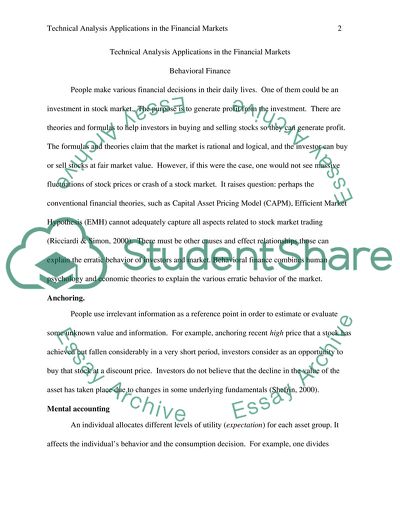Cite this document
(Technical Analysis Applications in the Financial Markets Essay, n.d.)
Technical Analysis Applications in the Financial Markets Essay. https://studentshare.org/macro-microeconomics/1874656-technical-analysis-applications-in-the-financial-markets
Technical Analysis Applications in the Financial Markets Essay. https://studentshare.org/macro-microeconomics/1874656-technical-analysis-applications-in-the-financial-markets
(Technical Analysis Applications in the Financial Markets Essay)
Technical Analysis Applications in the Financial Markets Essay. https://studentshare.org/macro-microeconomics/1874656-technical-analysis-applications-in-the-financial-markets.
Technical Analysis Applications in the Financial Markets Essay. https://studentshare.org/macro-microeconomics/1874656-technical-analysis-applications-in-the-financial-markets.
“Technical Analysis Applications in the Financial Markets Essay”. https://studentshare.org/macro-microeconomics/1874656-technical-analysis-applications-in-the-financial-markets.


